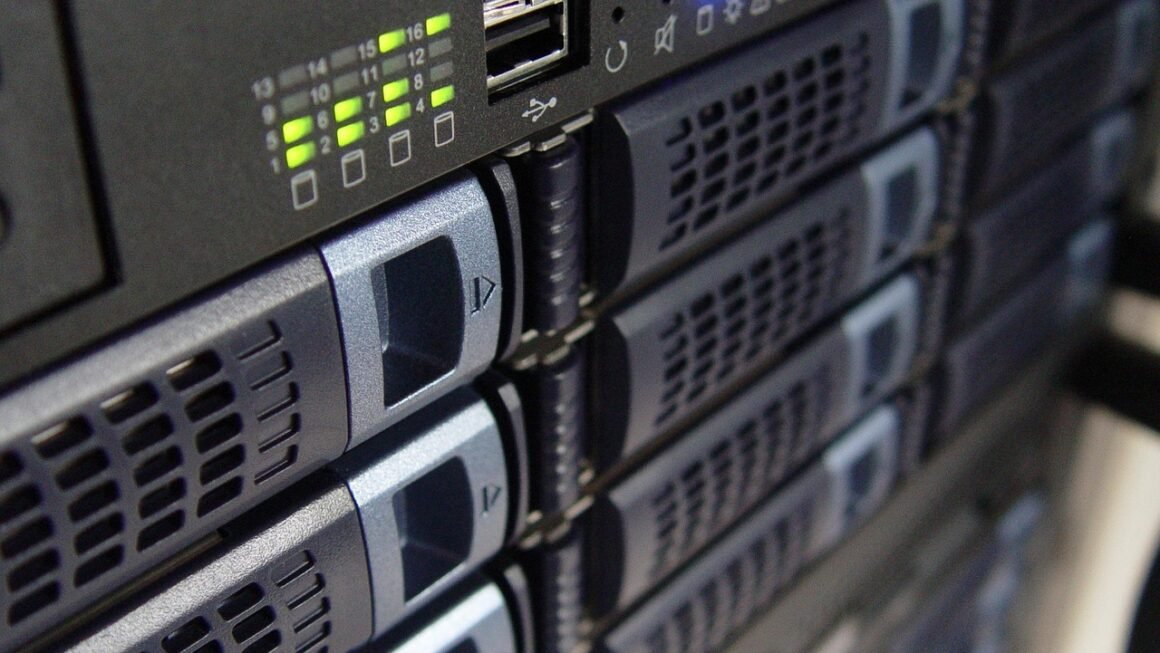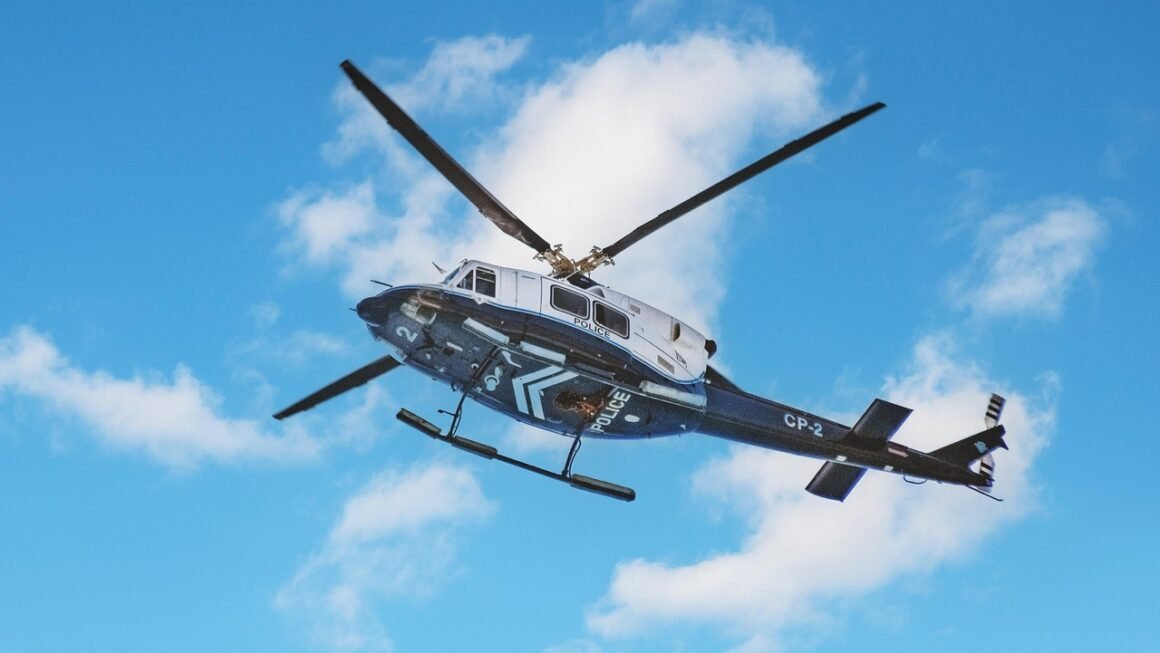Drones, once relegated to the realm of science fiction and military applications, have become an increasingly ubiquitous and versatile technology. From capturing breathtaking aerial photography to revolutionizing industries like agriculture and construction, unmanned aerial vehicles (UAVs) are reshaping our world. This guide will delve into the fascinating world of drones, exploring their diverse applications, key features, and the future of this rapidly evolving technology.
Understanding Drones: A Comprehensive Overview
What is a Drone?
A drone, or unmanned aerial vehicle (UAV), is essentially an aircraft without a human pilot on board. They are controlled remotely, either by a human operator or autonomously via pre-programmed flight plans and sensors. Drones can range in size from tiny, palm-sized models to larger, more sophisticated aircraft capable of carrying heavy payloads.
- Key Components: Drones typically consist of a frame, motors, propellers, a flight controller, a battery, and a communication system (radio or Wi-Fi). Many also include a camera, GPS, and various sensors for navigation and data collection.
- Types of Drones:
Multi-rotor: The most common type, known for their stability and maneuverability. Examples include quadcopters, hexacopters, and octocopters.
Fixed-wing: Similar to traditional airplanes, offering longer flight times and greater range but requiring a runway for takeoff and landing.
Single rotor: Function similarly to a helicopter.
Hybrid VTOL (Vertical Take-Off and Landing): Combinations of fixed-wing and multi-rotor functionalities.
How Drones Work
Drones operate using a combination of hardware and software. The flight controller, the “brain” of the drone, interprets sensor data and pilot commands to adjust motor speeds and maintain stability. GPS provides location information, while other sensors, such as accelerometers and gyroscopes, detect movement and orientation. The communication system allows the operator to remotely control the drone and receive data.
- Flight Control: Sophisticated algorithms ensure stable flight and responsiveness to pilot inputs.
- Navigation: GPS and other sensors enable precise positioning and autonomous flight capabilities.
- Power: Lithium Polymer (LiPo) batteries are the most common power source, offering a good balance of power and weight. Flight time varies depending on the drone’s size, payload, and battery capacity.
The Diverse Applications of Drone Technology
Photography and Videography
Drones have revolutionized aerial photography and videography, providing stunning perspectives that were previously only achievable with helicopters or airplanes. Real estate agents, filmmakers, and hobbyists alike are using drones to capture breathtaking images and videos.
- Real Estate: Showcase properties from unique angles, highlighting features and surrounding areas.
- Film and Television: Capture dynamic aerial shots, adding cinematic flair to productions.
- Weddings and Events: Document special occasions with stunning aerial footage.
- Action Sports: Film extreme sports activities from perspectives that are otherwise impossible.
Agriculture and Farming
Precision agriculture is one of the fastest-growing applications of drone technology. Drones equipped with specialized sensors can monitor crop health, identify areas needing attention, and optimize irrigation and fertilization.
- Crop Monitoring: Detect early signs of disease, pests, or nutrient deficiencies.
- Precision Irrigation: Optimize water usage by identifying areas with water stress.
- Yield Estimation: Estimate crop yields more accurately, helping farmers plan for harvest.
- Livestock Management: Monitor livestock herds, locate stray animals, and detect signs of illness.
Inspection and Infrastructure
Drones are increasingly used for inspecting infrastructure such as bridges, power lines, and cell towers, reducing the need for costly and dangerous manual inspections. They can identify structural damage, corrosion, and other potential problems quickly and efficiently.
- Bridge Inspections: Inspect bridges for cracks, corrosion, and other structural issues without the need for traffic closures or scaffolding.
- Power Line Inspections: Identify damaged or worn power lines and insulators, preventing outages and ensuring reliable power delivery.
- Wind Turbine Inspections: Inspect wind turbine blades for damage, optimizing performance and extending their lifespan.
- Cell Tower Inspections: Check cell towers for antenna damage, structural integrity, and equipment malfunctions.
Delivery and Logistics
Drone delivery is emerging as a potential solution for last-mile delivery challenges, offering faster and more efficient delivery of goods, especially in urban areas or remote locations. While regulatory hurdles remain, several companies are actively testing drone delivery services.
- Package Delivery: Deliver small packages quickly and efficiently, reducing delivery times and costs.
- Medical Supplies: Transport essential medical supplies, such as blood, vaccines, and medications, to remote areas or disaster zones.
- Food Delivery: Deliver food orders from restaurants and grocery stores, offering a convenient and contactless delivery option.
- Emergency Response: Deliver critical supplies and equipment to disaster victims, such as food, water, and medical aid.
Key Features and Technologies in Modern Drones
Advanced Sensors
Modern drones are equipped with a variety of advanced sensors that enable them to perform complex tasks and gather valuable data.
- GPS: Provides precise location information for navigation and autonomous flight.
- Inertial Measurement Unit (IMU): Measures the drone’s acceleration and angular velocity, helping to maintain stability.
- Barometer: Measures altitude based on atmospheric pressure.
- Obstacle Avoidance Sensors: Use ultrasonic sensors, lidar, or cameras to detect obstacles and avoid collisions.
- Thermal Cameras: Detect heat signatures, used in search and rescue operations, building inspections, and agriculture.
- Multispectral Cameras: Capture images in multiple wavelengths, providing valuable data about plant health and water stress.
Autonomous Flight Modes
Drones offer a variety of autonomous flight modes that simplify piloting and enable complex aerial maneuvers.
- Follow Me Mode: The drone automatically follows the pilot, keeping them in the frame.
- Orbit Mode: The drone circles a designated point, capturing a panoramic view.
- Waypoint Navigation: The drone flies along a pre-programmed path defined by waypoints.
- Return to Home (RTH): The drone automatically returns to its takeoff point in case of signal loss or low battery.
Software and Connectivity
Drone software allows pilots to control the drone, view real-time video, and access flight data. Many drones also offer connectivity features, such as Wi-Fi or cellular data, enabling remote control and data streaming.
- Mobile Apps: User-friendly apps for controlling the drone, adjusting settings, and accessing flight data.
- Live Video Streaming: Real-time video feed from the drone’s camera, allowing pilots to monitor the flight and capture images or videos.
- Data Logging: Flight data is recorded and stored, providing valuable information for analysis and performance tracking.
- Cloud Connectivity: Data can be uploaded to the cloud for storage, analysis, and sharing.
Regulatory Landscape and Safety Considerations
Drone Regulations
The use of drones is regulated by government agencies in most countries. Regulations typically address issues such as airspace restrictions, registration requirements, pilot licensing, and operating restrictions. In the United States, the Federal Aviation Administration (FAA) regulates drone operations.
- Registration: In many countries, including the US, drones above a certain weight must be registered with the relevant aviation authority.
- Airspace Restrictions: Drones are generally prohibited from flying near airports, military bases, and other sensitive locations.
- Pilot Licensing: Commercial drone operators typically require a license or certificate, such as the FAA’s Part 107 certification in the US.
- Operating Restrictions: Regulations may restrict drone operations at night, over crowds, or beyond visual line of sight (BVLOS).
Safety Best Practices
Safe drone operation is crucial to prevent accidents and ensure the safety of people and property.
- Pre-flight Checks: Always perform a thorough pre-flight check of the drone, including battery level, propeller condition, and sensor functionality.
- Weather Conditions: Avoid flying in adverse weather conditions, such as strong winds, rain, or snow.
- Obstacle Awareness: Be aware of your surroundings and avoid flying near obstacles such as trees, power lines, and buildings.
- Maintain Visual Line of Sight: Always keep the drone within your visual line of sight, unless you have obtained a waiver for BVLOS operations.
- Respect Privacy: Be mindful of privacy concerns and avoid flying over private property without permission.
Conclusion
Drones have rapidly evolved from niche technology to powerful tools with applications spanning numerous industries. As technology continues to advance and regulations adapt, we can expect to see even more innovative uses for drones in the years to come. By understanding the capabilities, regulations, and safety considerations surrounding drones, individuals and organizations can harness their potential to transform industries and improve our lives.



